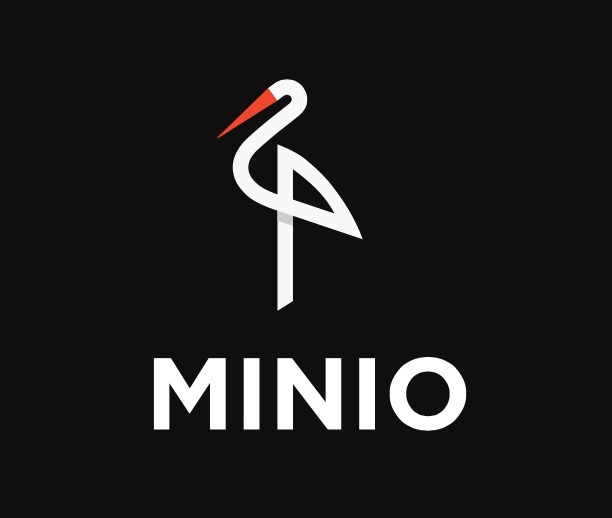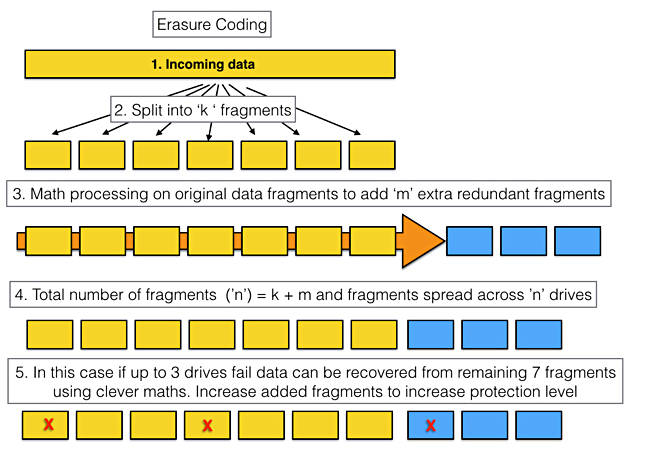


Next up, we’ll look deeper at how, when and where the potential capacity savings from Erasure Coding take place. This messaging lacks credibility, which I’ll explain later in this article. This gives customers choosing hybrid platforms an advantage going with Nutanix as they will more than likely be able to store significantly more data on the same, or even less hardware.Īs I discussed in the previous Deduplication & Compression comparison, the messaging from VMware has consistently been that vSAN does not support data reduction on hybrid intentionally because data reduction on hybrid (HDD) tiers should not be done for performance reasons. The following table shows what configurations data reduction configurations currently supported for both products: FeatureĪs we’ve previously learned, vSAN does not support Deduplication or Compression on Hybrid configurations (Flash + HDD) and the same is true for Erasure Coding. If they did, they would be very mistaken for many critical reasons. With this information, customer/partners/VARs could conclude the data reduction capabilities for both products are the same, or at least the difference is insignificant for a purchasing or architectural decision, right? The above table shows Erasure Coding / RAID 5&6 are supported by Nutanix and VMware vSAN. This problem is also applicable to Erasure Coding, Let me give you a simple example: Feature Now we’ll look into Erasure Coding which is another valuable and proven technology that can drive further capacity and potentially performance efficiencies, complimentary to Deduplication and Compression.Īs I’ve highlighted in the previous articles, “Tick-Box” style slides commonly lead to incorrect assumptions for critical architectural/sizing considerations such as capacity, resiliency and performance. Next up we compared Deduplication & Compression technologies where we learned Nutanix has outright capacity efficiency, flexibility, resiliency and performance advantages over vSAN. We saw approximately 30-40% more usable capacity delivered by Nutanix. In a recent post I compared the actual Usable Capacity between Nutanix ADSF vs VMware vSAN on the same hardware.


 0 kommentar(er)
0 kommentar(er)
